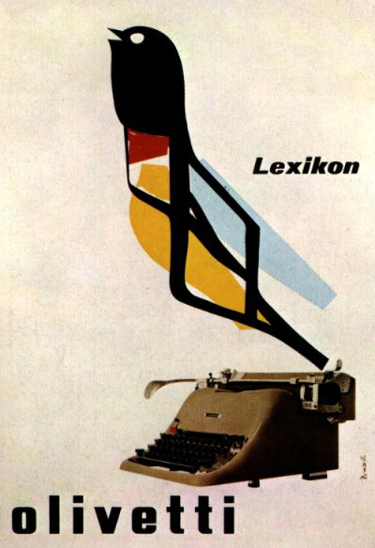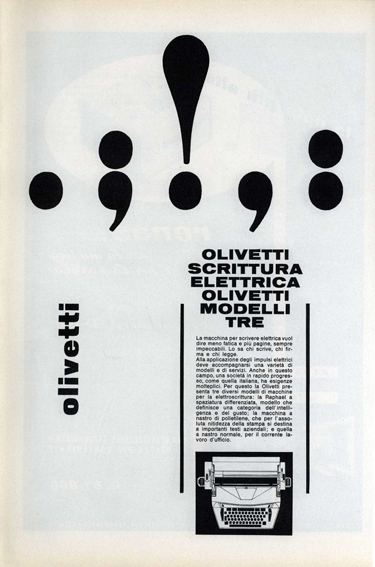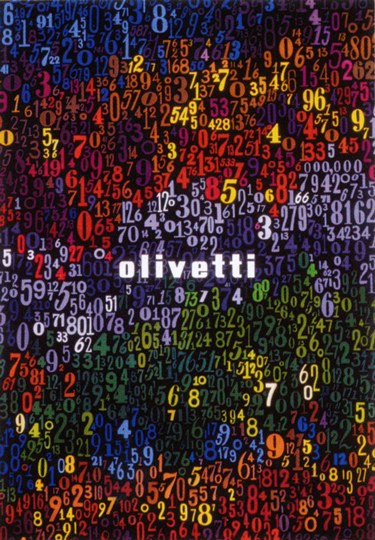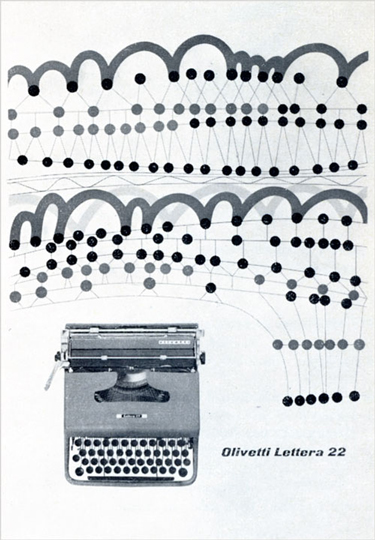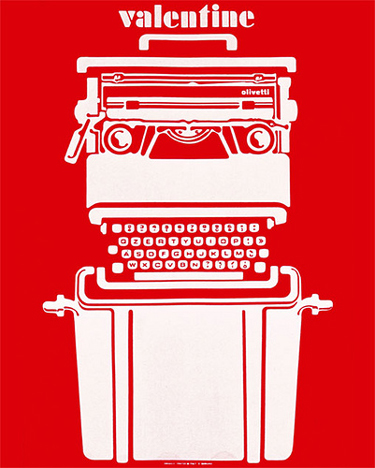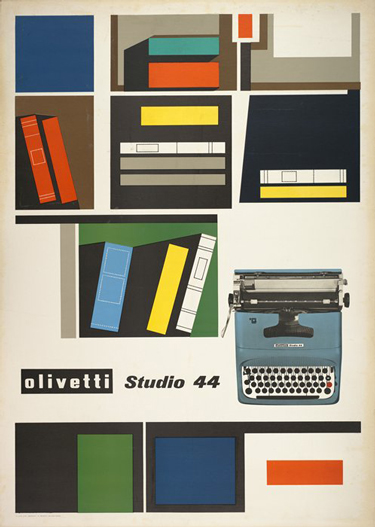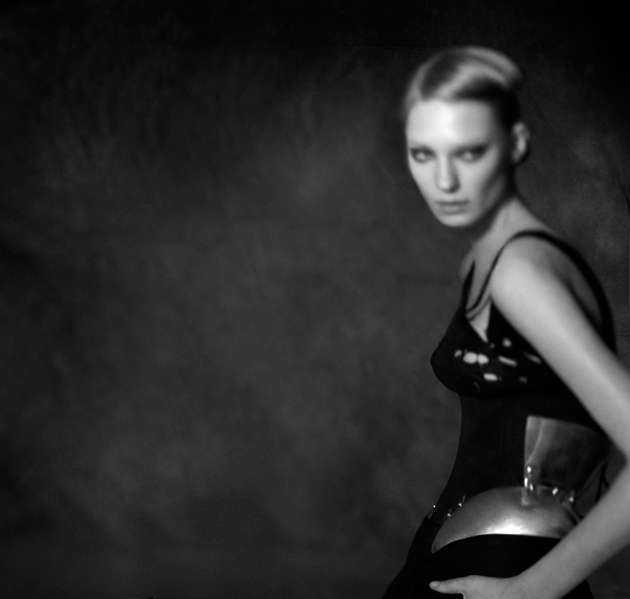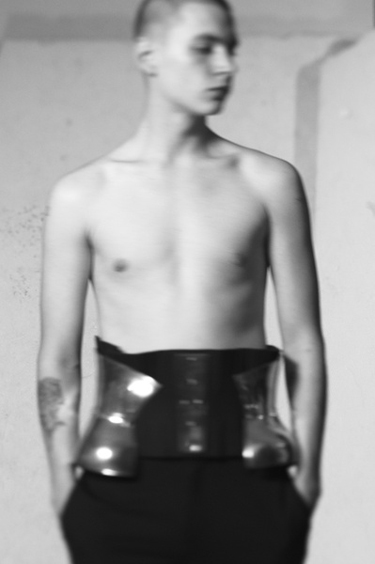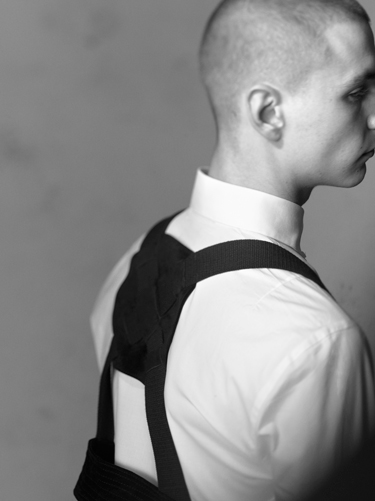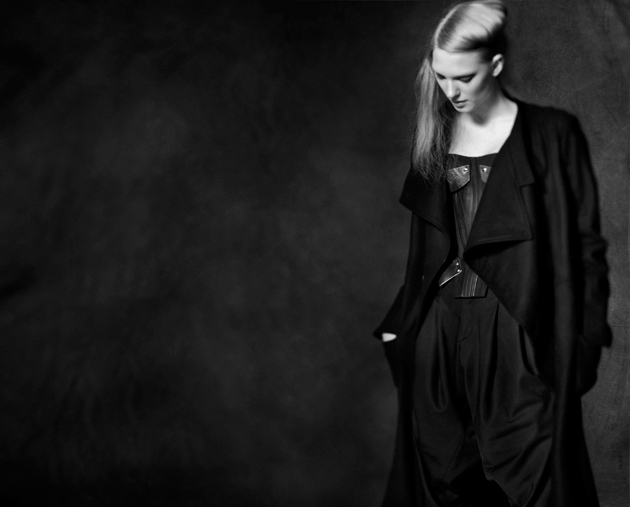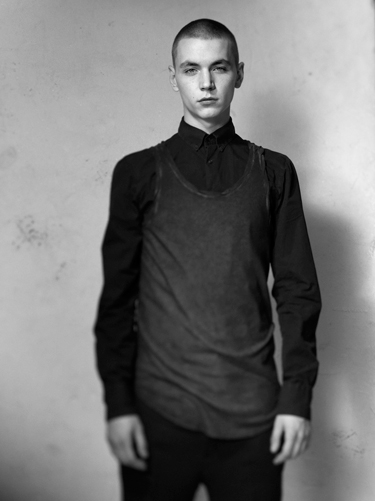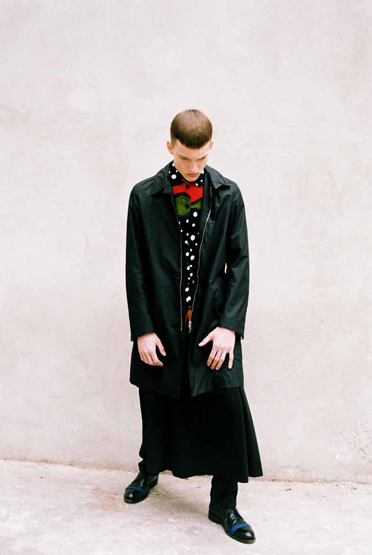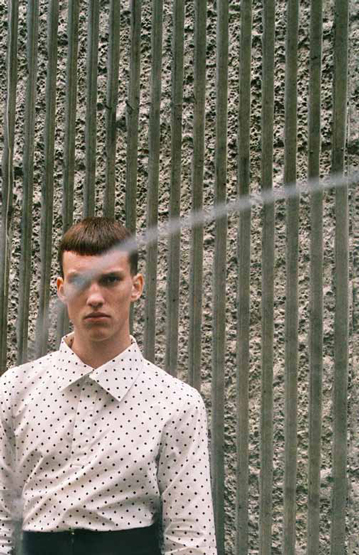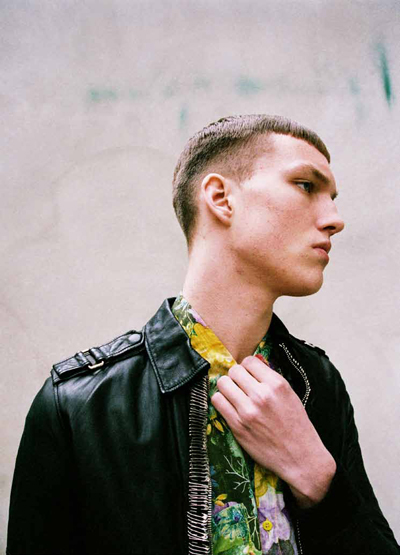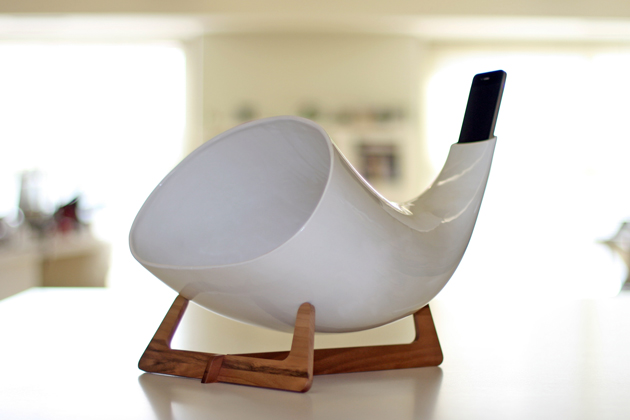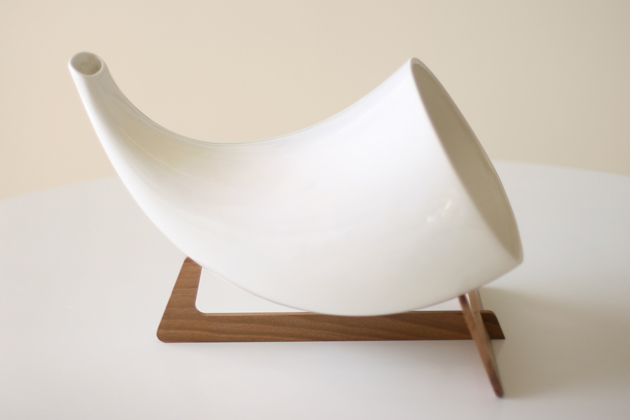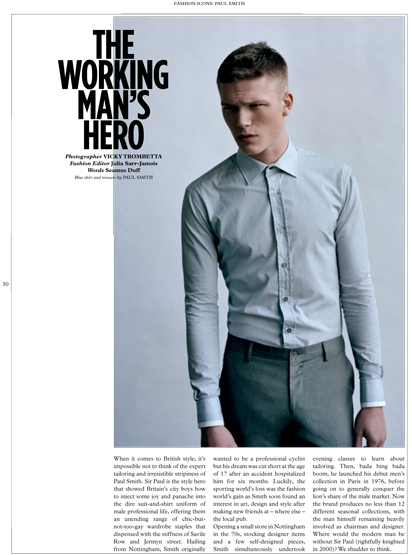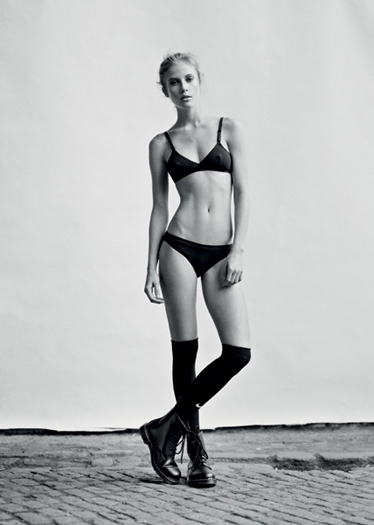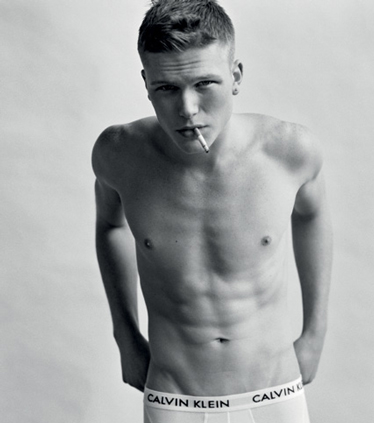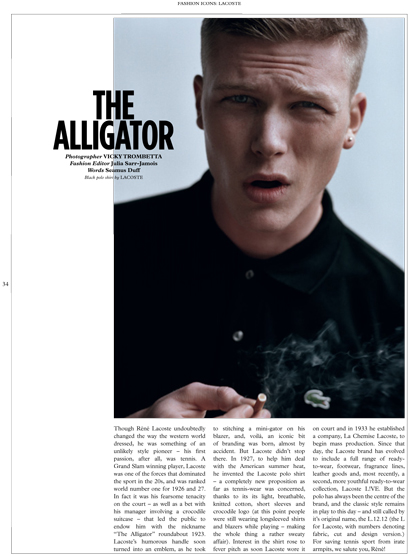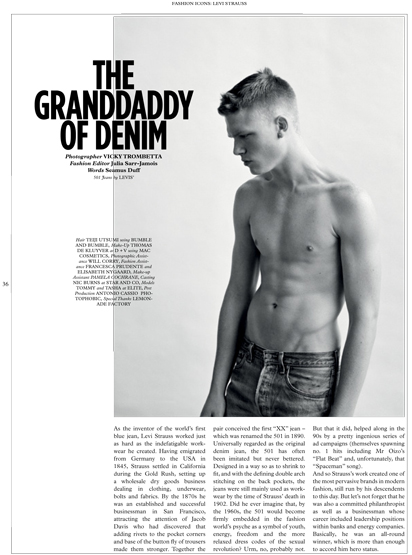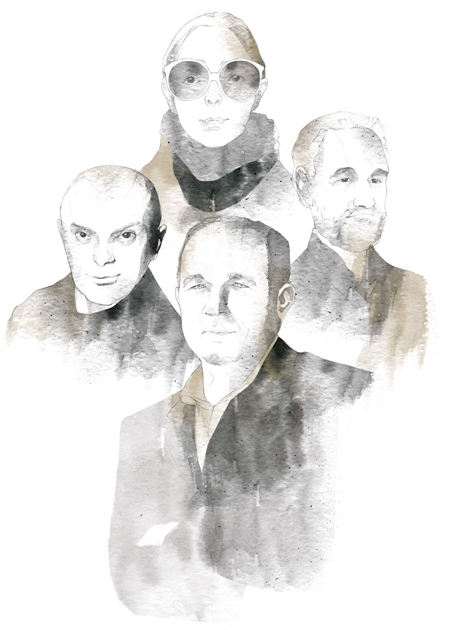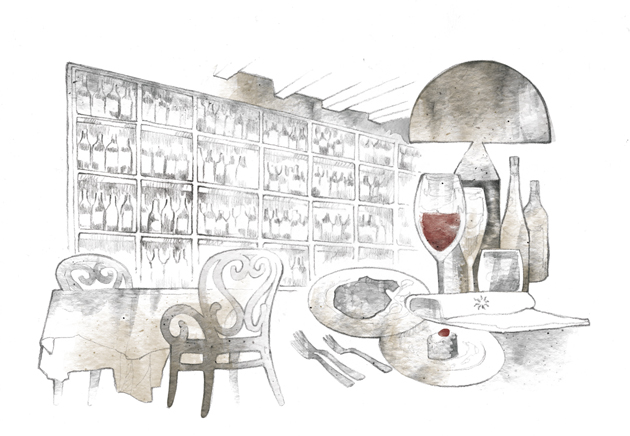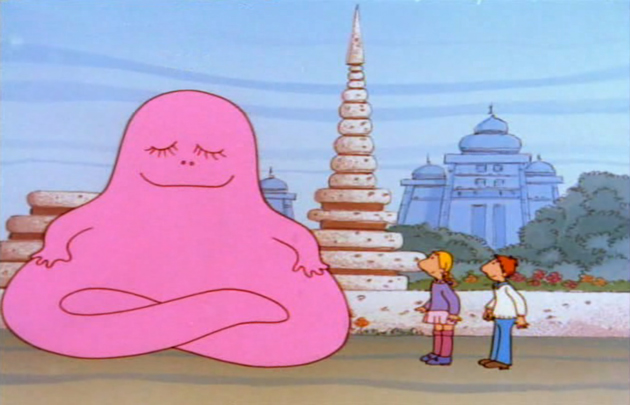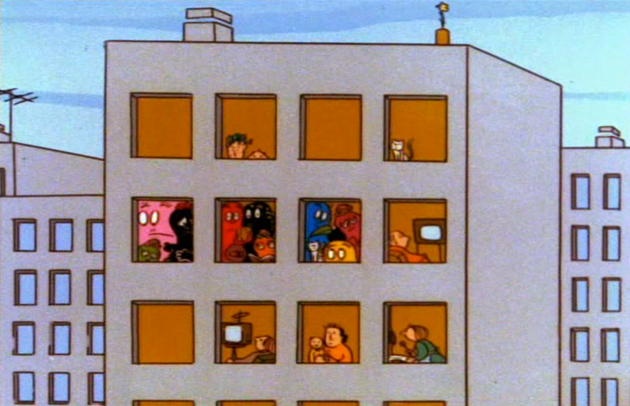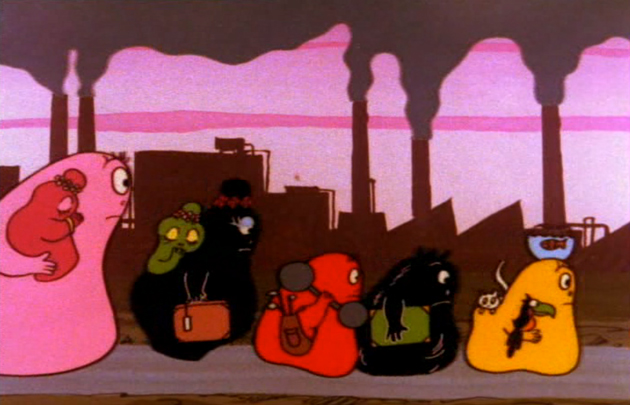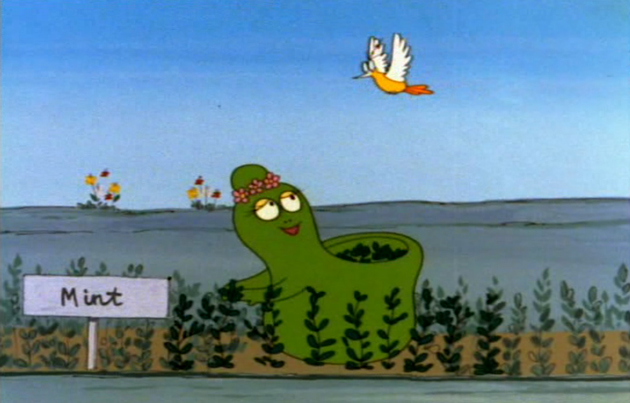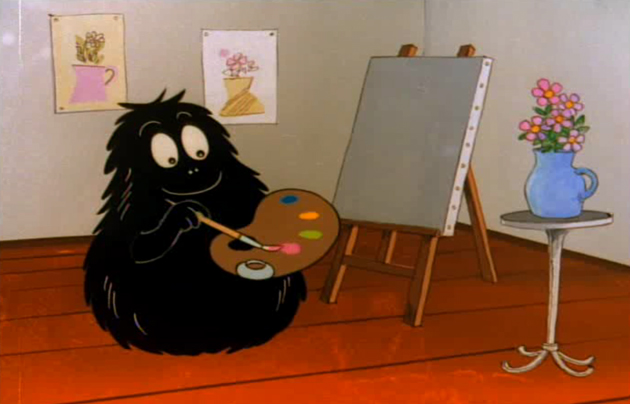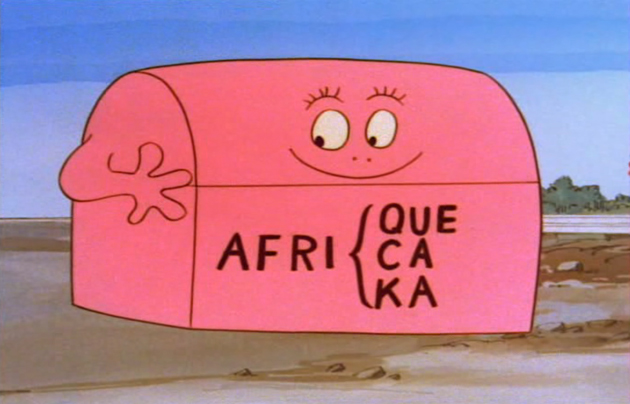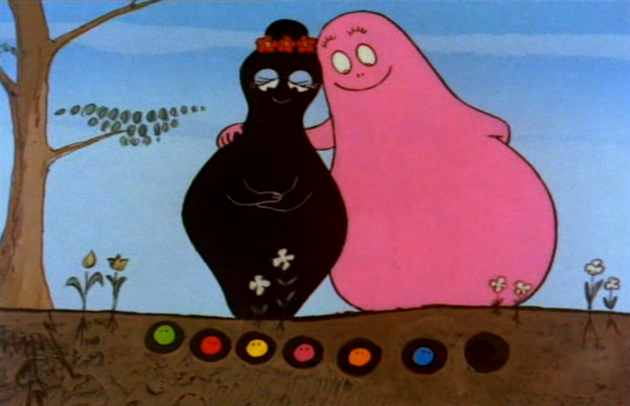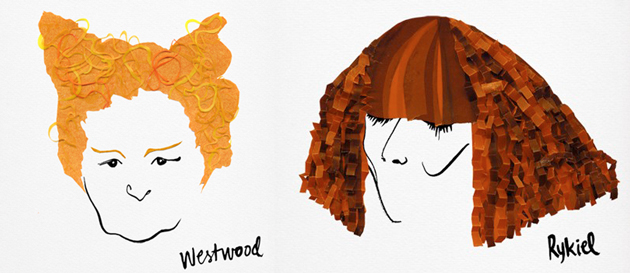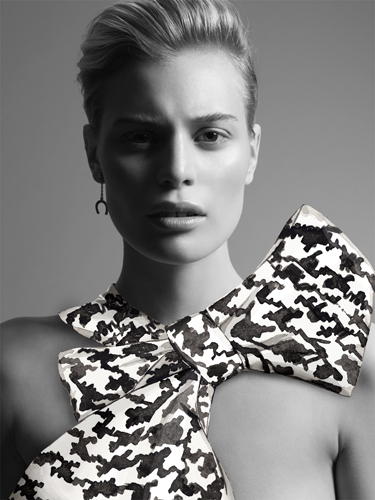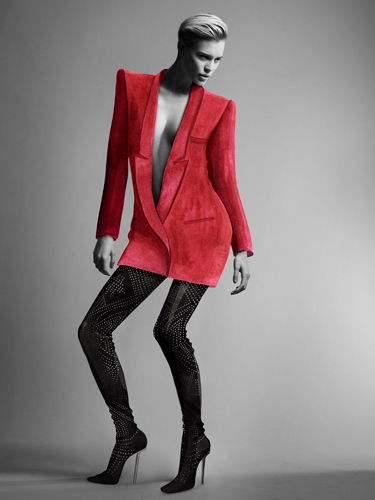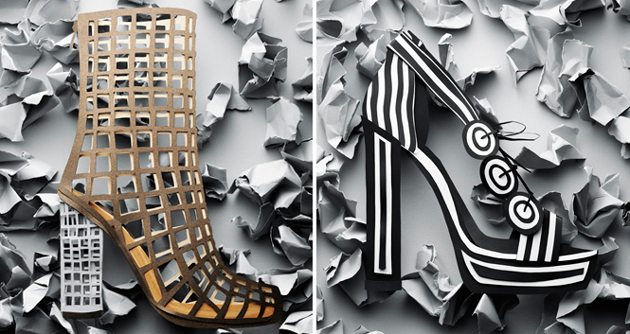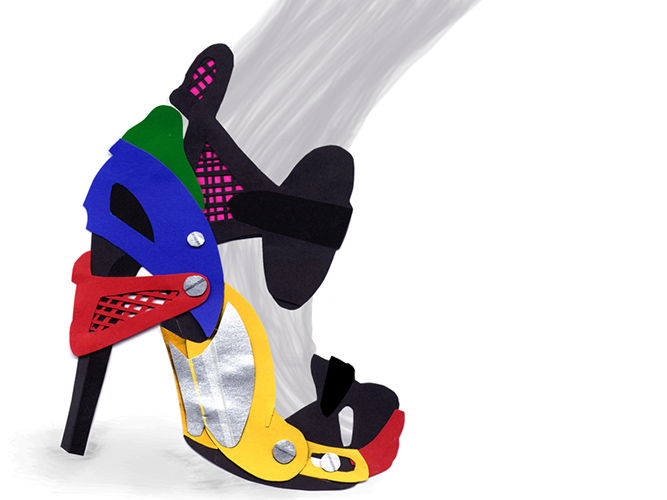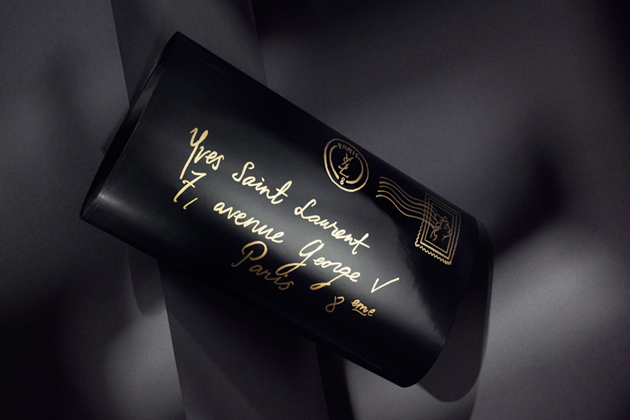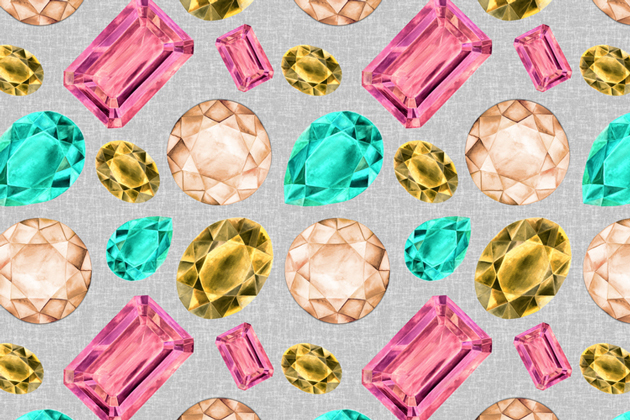.
Essen: Eat Love / Marjie Vogelzang
Marjie Vogelzang does not like to give plates only a beautiful shape. For the Dutch food maven Marjie, the great hoax of our times is food design. Food has a perfect shape by nature – so what matters for the Amsterdam “eating designer” is “to think of food in different cultures, food history, the realisation of food, transportation, agriculture, the ‘industrialization of food, psychology of eating.”
Marje believed it so much that within the span of a few years, she has founded two restaurants called Proef (one in Rotterdam, the other in Amsterdam), organized a studio, participated in exhibitions throughout the world, written two books (Love to Eat and Lunch Box) and had two babies (!). One of these babies is still (for just a tiny bit longer!) in Marjie’s womb, but just before her maternity stop, she graciously talked with us about her projects, her thoughts and love.
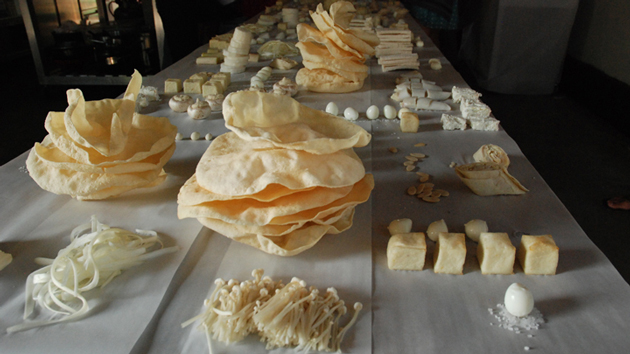
The uninitiated widely know you as a creative and innovative food designer. But you’re not. Since food is perfectly designed by nature, you consider yourself as an “eating designer,” who is investigating the content background. It’s a fascinating thought. What if a food designer became an eating one? What would he or she have to do?
In order to answer, could you tell us about the sort of Decalouge a food designer must follow to become an eating designer?
That’s an interesting question. Well it’s all about giving things a name and I thought the name food design didn’t fit me. But sometimes I’m not sure about eating designer either.
What I think an eating designer should explore is the full potential and meaning of the subject of food and eating. I think an eating designer should look beyond only the obvious visual aspects and taste aspects of food. These obvious choises are making designers to make something that looks nice, tastes good etc. But I think the world of food is so much larger and touches everybody’s life and therefore is far more interesting to explore. Think about food in different cultures, food in history, the making of food, the transportation of food, agriculture, the industrialization of food, the psychology of eating. These are just a few examples of inspiring subjects that can be explored and used. Also the meaning of the word design can be discussed. I think the word should be used to mean “creative thinking” when it comes to eating design instead of just giving something a nice shape.
Design as a shaping device is a tool. Not the final goal. The final goal is creative thinking and to communicate the creative idea you need esthetics as a tool.
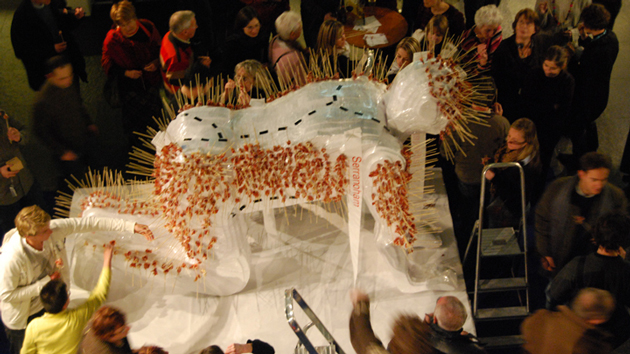
Following this idea of “what if”, if you were the rector of an Eating Design Faculty what will be the main subject?
I think we could make a program according to my 7 points of inspiration:
- Senses
- Psychology
- Culture
- Nature/education
- Science
- Technique/ material
- Society
It’s been less than a year that you’ve founded your second Proef in Amsterdam. This project seems more linked with your Philosophy of food with more plants and organic food than a design approach. What is changing in your work?
I founded Proef Amsterdam 5 years ago. At the moment it’s a restaurant in it’s own and the design studio moved out to somewhere else.
I wanted it to be a relaxed place how I personally would like a restaurant to be. I got a bit bored by formal dinners but also by overdesigned dinners! I wanted things to be fun and easy drinking coffe from empty jars. That’s what works for a restaurant. It’s almost impossible to run a highly conceptual idea as a restaurant and I would also find it boring.
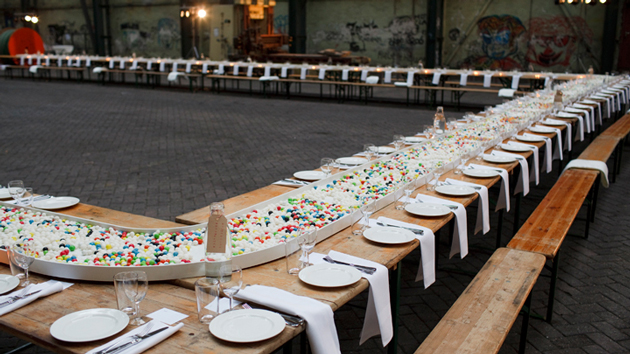
Speaking about organic, there’s a lot of “buzz” about it and lot of speculation. According to you what is missing in oursociety to reach a good level of organic approach?
I think we’ll get there but it need time. The government should lower taxes on organic produce and give more support. Eventually things shouldn’t be labeled ‘organic’ anymore but ‘non-organic’ should be labeled and be the odd choice.
You stated that “Food goes to the stomach, but it can also activate the brain and can rouse strong memories and emotions” and you experiment food memory world serving World War II recipes to people who survived the Rotterdam Hunger Winter during the war stimulating their memories from more than 60 years ago. What are your very first taste memories? Is there any food or dishes that immediately recall your past?
I was speaking to a young journalist about taste memories not so long ago and she said that you remember everything you have put in your mouth as a young child. That doesn’t have to be food. The way of getting to know the world and materials is to put things in your mouth. That happens before you use language and is a very intruiging fase. When she said that she challenged me to imagine the taste of wood in my mouth. Of plastic, hard and soft, of textile and sand. When you think about a material, many times you can recall how this material feels in your mouth. I was very fascinated by her story and since I’m very much aware of materials and before I touch or even see them I know how they feel in my mouth. Wire, a plastic phone, rib-velvet (I’m a 70’b baby).
Food memories are very closely linked to smell. Sometime they surprise you. Going into someones house and suddely you catch the smell of grandma’s bedroom. I have food memories on these frozen lollypops that you can suck the taste out of. They were just lemomade packed in plastic sticks to freeze yourself.
What’s next for you? Any upcoming projects?
My first upcoming project is giving birth in about 4 weeks. (Actually this interview is the last thing I’m doing before plugging out!)
Giving birth and having children is very inspiring to me and very close to my philosophy as an eating designer. Food and love are linked together. They are the first to things that a mother gives her child.Then in autumn I will be back with some big plans.I’m being the guest editor of design indaba Magazine’s food edition and I’ll go to south Africa to promote and do some lectures. We are doing a food event in Hong KongI’m working on an exhibition in TaiwanWe’ll do some events in Moskou and Hungaria.I have plans for at least 2 new books so I have to find some time to do that too!
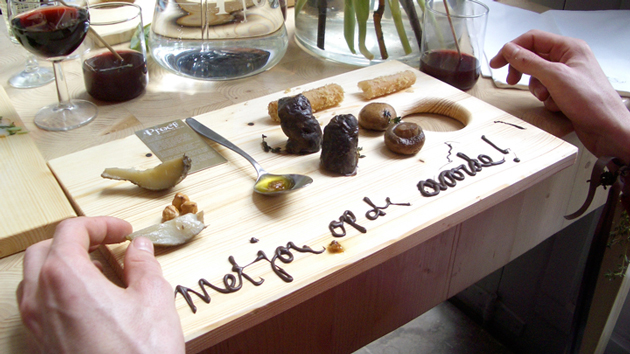
And last up is a recipe from Marjie:
-1 banana
Take a pen, draw a mobile phone on your childs banana. Give it to them to take to school.
Visit Essen for more fantastic insight into the world of food.
Cristina Zaga
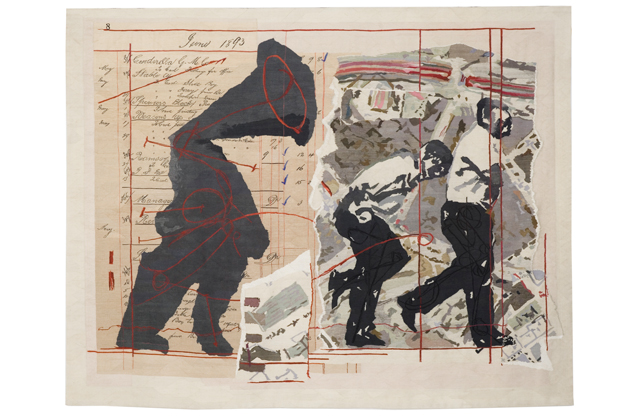 Man with Trumpet, 2010 – Tapestry by William Kentridge, woven by Marguerite Stephens Weaving Studio. Edition of 6.
Man with Trumpet, 2010 – Tapestry by William Kentridge, woven by Marguerite Stephens Weaving Studio. Edition of 6.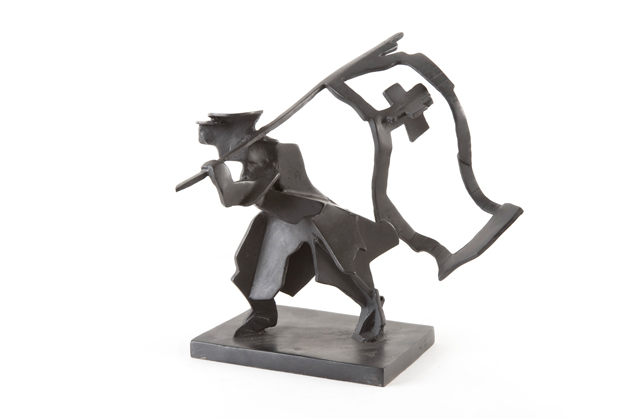 Man with Flag, 2008. Bronze. Edition of 20.
Man with Flag, 2008. Bronze. Edition of 20.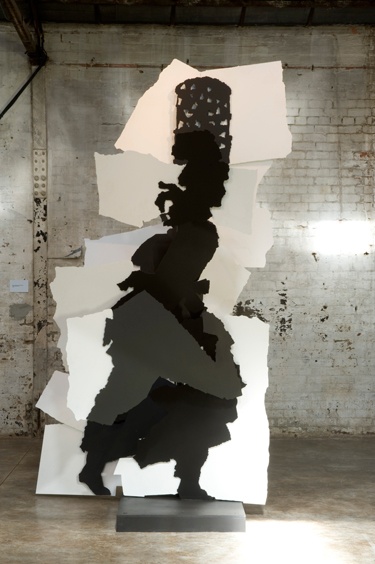
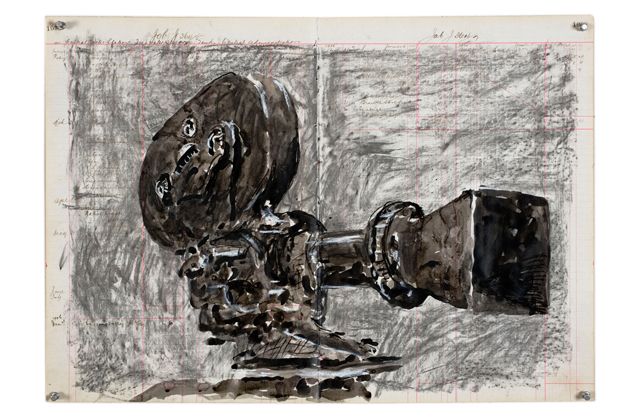 Camera (Central Boiler Station), 2010. Indian ink, charcoal and pastel on page from central boiler station ledger book.
Camera (Central Boiler Station), 2010. Indian ink, charcoal and pastel on page from central boiler station ledger book.